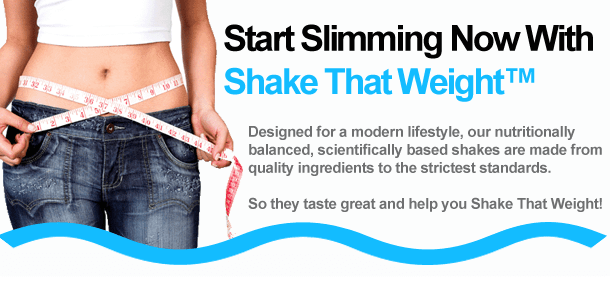Shake That Weight ™ • 9th June 2013 • 12 years ago
Very Low Calorie Diet (VLCD) Explained

If you’re trying to lose weight you are in the right place, eating healthily and being physically active are key. However, a very low calorie diet (VLCD) could be the right option, followed for a limited time they can help support you through this transition.
- Achieving a healthy weight is all about striking the right balance between the energy that you put into your body, and the energy that you use.
- To lose weight, you have to use more energy than you consume in food and drinks throughout the day.
- You can do this by making healthy changes to your eating habits, and building more physical activity into your daily life. In many cases, this will be enough to achieve a healthy weight.
However, if you have made these changes already and the weight loss you’ve experienced has not resulted in a healthy weight, you may benefit from a very low calorie diet.
Before you begin a VLCD, make sure that it is the right choice for you. It’s also important that the diet you choose is safe, and that you follow it properly. That means talking to your GP for more advice.
What is a VLCD?
- A very low calorie diet is any diet that involves eating 1,000 calories a day or fewer. It should only be undertaken for 12 continuous weeks, or intermittently – for example, every two or three days – along with a low calorie or normal diet.
- The recommended daily calorie intake is 2,000 for women, and 2,500 for men. This means that VLCDs contain far fewer calories than most people need to be able to maintain a stable, healthy weight. For that reason, eating a very low calorie diet can cause more rapid weight loss than a conventional weight loss programme.
- It’s important that VLCDs are only used by people who need them and that the diet is safe and followed properly. Cutting calories significantly can cause health problems such as gallstones, heart problems, and other issues associated with not getting the nutrition you need, such as tiredness and anaemia.
- During a typical VLCD the person undertaking the diet will stop eating all normal foods, and replace them with special drinks, soups, bars or porridge containing milk- , soy- or egg-based protein. The replacement foods are designed to contain all the nutrients that we need, while providing 1,000 calories a day or fewer.
Who should use a VLCD?
VLCDs are suitable for people who are very overweight (obese), and have remained very overweight despite making healthy changes to their diet and lifestyle. Most people who want to lose weight do not need to eat a very low calorie diet.
However, it may be right for you if all three of the following statements apply to you:
- You have already made healthy changes to your diet and level of physical activity.
- You are still very overweight (your BMI is 30 or over).
- You are no longer losing weight.
VLCDs are not recommended for pregnant or breastfeeding women, and they are not suitable for children. Find out more about healthy eating in pregnancy.
How to use a VLCD
If you think a VLCD may be right for you, the first step is to talk to your GP. They can provide advice on whether a VLCD will help: they may measure your BMI and talk to you about other steps you’ve taken to lose weight. VLCDs are not suitable for people with certain health conditions, such as eating disorders and epilepsy, and your GP can also talk to you about this.
If your GP agrees that a VLCD is a good idea, the next step is to find a good provider of a VLCD. Your GP may be able to help with this, too. The weight loss you can expect and the side effects that may occur while you are on the diet are usually minor, and can include fatigue, diarrhoea, constipation and nausea.
Typically, you should keep a record of your weight loss and any side effects, to discuss with your GP.








